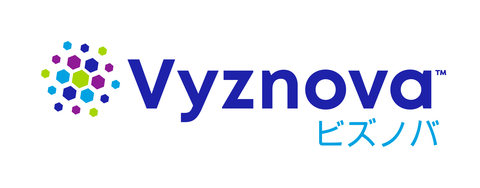“The benefits of over 25 years of our research are now a reality for patients. I am so grateful for the incredible contributions of my colleagues, my mentors, and Kyoto Prefecture University of Medicine for our shared hard work to achieve this milestone,” said Professor Kinoshita. “Most importantly, many thanks to my patients for helping me to understand their needs and for trusting us to develop this breakthrough regenerative medicine.”
Bullous keratopathy is a sight-threatening and debilitating condition affecting the endothelial cells of the cornea. Bullous keratopathy causes the accumulation of water in the form of blisters on the cornea, which can cause severe pain. When the endothelial cells malfunction or die, they are gone for good, since they do not replicate in vivo. The subsequent clouding impairs the transparency of the cornea, and as the condition progresses, vision deteriorates. Patients may experience blurred vision, glares and halos when staring at bright lights, difficulty with night driving, and overall discomfort. If left untreated, patients’ symptoms will inevitably worsen over time and may eventually lead to blindness.
“Our commercial launch in Japan is exciting for patients around the world who suffer from corneal endothelial diseases,” said Greg Kunst, chief executive officer of Aurion Biotech. “After having received regulatory and reimbursement approval earlier this year in Japan, we intend to work closely with corneal specialists here, to adopt and disseminate their best practices for treating patients with this debilitating disease.”
Until now, bullous keratopathy has been treated by corneal transplantation using donor corneal tissue. However, the supply of donor corneas has been chronically insufficient. A survey estimates that globally, for every 70 diseased eyes, there is only one donor cornea available for transplant1. Lack of corneal tissue in Japan has been a significant challenge in the treatment of bullous keratopathy. By contrast, Aurion Biotech has developed a manufacturing process that can produce up to 1,000 doses from the corneal endothelial cells of a single donor.
“The launch of Vyznova is the culmination of hard work and support from many sources, including early investments in regenerative medicines from the Japanese government2,” said Michael Hasegawa, senior managing director for Aurion Biotech Japan. “We are grateful for Professor Kinoshita’s inspiring leadership and ongoing collaboration with Aurion Biotech, and we thank our CDMO partner, S-RACMO, for producing our drug product to exacting standards. We look forward to bringing this treatment to patients who need a safe, effective and minimally invasive procedure to treat their disease.”
This news comes on the heels of Aurion Biotech announcing that it has completed enrollment and dosing of 97 subjects in its Phase 1 / 2 trial in the U.S. and Canada. In addition, the U.S. Food and Drug Administration ("FDA") recently granted both Breakthrough Therapy designation and Regenerative Medicines Advanced Therapy designation to Aurion Biotech.
About Aurion Biotech
Aurion Biotech is a clinical-stage biotech company, whose mission is to restore vision to millions of patients with life-changing regenerative therapies. In 2022, it received the prestigious Prix Galien award for best start-up in biotech. The Company believes its drug candidate is the first clinically validated cell therapy for corneal care, having received regulatory and reimbursement approval in Japan. The Company has received Breakthrough Therapy Designation and Regenerative Medicine Advanced Therapy Designation from the U.S. F.D.A. and has completed enrollment and dosing of 97 subjects in its Phase 1 / 2 clinical trial in the U.S. and Canada. Privately held, Aurion Biotech is backed by Deerfield, Alcon, Petrichor, Flying L Ventures, Falcon Vision / KKR, and Visionary Ventures. To learn more, visit www.aurionbiotech.com. Follow us on LinkedIn and Facebook.
______________________
1 JAMA Ophthalmology. 2016;134(2):167-173. doi:10.1001/jamaophthalmol.2015.4776
2 https://www.sciencedirect.com/science/article/pii/S1934590918300018





